Can I Use Retinol After Red Light Therapy?
Introduction
In the skincare industry, new treatments and products are continuously developing to revolutionize the approach to skin beauty and health. Red light therapy is one of these innovative treatments which offers several skin-related benefits. RLT uses red light at specific wavelengths to treat various skin problems like inflammation, and acne, enhance collagen production, and boost the wound healing process.
On the contrary to infrared light therapy or RLT, retinol is also an effective skin product. Retinol comprises Vitamin A, which significantly helps in improving the texture of the skin, rejuvenating it, and removing aging signs like wrinkles and fine lines. Because of its immense offerings and versatility, retinol is also being widely used in other skincare products as a vital ingredient.
The combination of retinol and red light therapy paved new ways in the daily skincare routine. However, this incredible blend of LED light therapy properties and retinol effectiveness raises concerns among people.
Bontanny will guide you about those concerns and see how one can effectively and safely use retinol right after an RLT session with 850 nm red light therapy or 600 nm red light therapy. We will explore the working phenomenon of both methods, their effectiveness, and how they help in improving skin health.
Understanding Red Light Therapy
Red light therapy is one of the most effective and safest skin treatments. It uses red light wavelength to treat skin-related problems which makes it a non-invasive treatment.
This incredible feature of RLT reduces the chances of future problems that may happen due to touching the skin. The therapy uses low-level wavelengths that penetrate through the skin of the patient and trigger many biological processes to heal and rejuvenate the skin.
Benefits Of Using Red Light Therapy For Face
Collagen Production: LED light therapy significantly enhances the production of collagen in the skin, which is a vital component to maintaining the firmness and elasticity of the skin.
Wound Healing: LED Red Light Therapy enhances the wound healing process. This property leads to curing skin scars, pigmentation, and acne.
Anti-Inflammatory: The anti-inflammatory property of RLT helps in treating skin issues like eczema, psoriasis, and rosacea.
Anti-Aging Effects: Red Light Therapy helps in reducing skin aging effects like wrinkles and fine lines.
Potential Side Effects
Skin Sensitivity: People have different types of skin type which may lead to more skin sensitivity issues after an RLT session.
Eye Protection: RLT uses ultraviolet and red light radiation. Therefore it is crucial to protect the eye from light exposure that may cause eye damage.
Underlying Conditions: People who have certain skin problems and are on special medication that may enhance light sensitivity must consult with a dermatologist before going under any RLT session.
The Role Of Retinol In Skin Care
Retinol comprises Vitamin A, which is an integral component used in almost all types of skincare products. Retinol offers exceptional skin-renewing and anti-aging properties which makes them more appealing and effective.
Benefits Of Using Retinol
Skin Cell Turnover: Retinol enhances skin cell turnover. It assists in shedding the dead cells from the skin and encourages the production of healthier and fresher skin
Anti-Aging: Retinol is widely used because of its effective property of reducing aging spots like fine lines, wrinkles, and dark circles.
Acne-Treatment: It effectively unclogs the pores in the skin, making it a crucial product for improving skin texture and curing acne.
The Working principle of Retinol
Retinol absorbs in the external skin layer and triggers the production of collagen and cell turnover. This process significantly sheds the dead cells, promotes the new skin, and improves the overall health and texture of the skin. It leads to vibrant and shiny skin.
Potential Side Effects
Skin Irritation: Retinol may cause dryness, redness, and peeling in the starting phase because the skin takes time to adjust to the ingredients.
Sun Sensitivity: Retinol sheds the dead skin which eventually causes increased sunlight sensitivity. This way it also increases the need for sunscreen in the daytime.
Concentration And Usage: People who have sensitive skin, must carefully consider the frequency and concentration of the retinol before applying it.
Combining Red Light Therapy And Retinol
Exploring Expert Opinions And Research
Many people have shown their concern about whether the use of retinol is effective and safe after a session with a professional led light therapy machine or not. These concerns forced researchers and experts to find out the connection between retinol and red light therapy. Both of these skin care methods offer unique benefits to the skin. RLT is known for effective results in treating inflammation l, acne, and healing wounds. Whereas, retinol enhances the production of collagen and boosts cell turnover. Most studies have concluded that the use of both treatments together could only enhance the effectiveness of both processes altogether.
Benefits Of Using Retinol Post-Red Light Therapy
The use of retinol after the RLT session is supposed to provide more advantages to the skin. When the skin goes through RLT, it generally makes the skin more healthy and the effect of retinol will be enhanced and visible. The incorporation of both these treatments makes the skin more healthy, reduces the aging lines, and improves the overall skin health. However, the results of these treatments may vary from person to person. People have different types of skin, hence the result of using these treatments may also differ.
Precautions And Best Practices When Combining These Treatments
The incorporation of both treatments leads to better results and improved effects but it also asks for more consideration. The foremost concern is highly sensitive skin after the red light therapy session. Using retinol right after a professional red light therapy device may cause problems, especially for people with sensitive skin. Therefore, it is best to first evaluate the condition of the skin after an RLT session and then consider using retinol accordingly. Moreover, as both treatments make the skin sun-sensitive, it increases the need to use high-SPF sunscreen. Apart from that, it does not hurt to consult a dermatologist or an expert skin specialist and proceed with treatments depending on your skin condition and type.
How To Use Retinol After Red Light Therapy?
Safely Incorporating Retinol Post-Red Light Therapy
It is important to adopt a careful approach while introducing retinol after a red light therapy session. Firstly give your skin rest for at least one day after getting a red light therapy device session. This break ensures that your skin will recover from sensitivity.
Start using a low concentration of retinol first and then increase it gradually as the skin and treatment allow you. Retinol enhances the sunlight sensitivity of the skin, therefore make sure to use High-SPF sunscreen in the sun and apply retinol in the night.
Recommended Products And Application Tips
Retinol comes in different types of products. Some of the products also comprise soothing components like hyaluronic acid and niacinamide to protect the skin from irritation. When you apply the retinol, only use a drop and tap it all over the face. Make sure to avoid sensitive skin areas and eyes. Moreover, try to use retinol by skipping one night, in the start, to make the skin adjustable with the ingredients.
Tailoring The Combination To Different Skin Types
The incorporation of retinol with red light therapy devices must be tailored according to the user's skin type. People who have sensitive skin must use less concentration for fewer days to get better results. Whereas, people with acne-prone and oily skin use retinol frequently but gradually. Mature and dry skin people benefit from the anti-aging properties of retinol but with moisturizer to keep skin hydrated.
Real Life Experience And Case Studies
Most users who have used retinol with red light therapy experience positive results, like improved texture of the skin, clear complexion, and decreased aging signs.
Some studies also show that the use of both retinol and LED red light therapy devices together leads to various skin benefits.
The use of these treatments may seem promising but it gives different results to different people because people have different types of skin. These real-life user experiences highlight the benefits of using both treatments together but also allow us to make a personalized approach while having any treatment.
Conclusion
It is proved that the incorporation of retinol with red light therapy only enhances the significant benefits of both treatments effectively. It leads to better skin texture, improved collagen production, reduced inflammation, fights acne, and reduced anti-aging effects like wrinkles and fine lines.
However, it is still advised to adopt a cautious approach while using retinol after RLT. Give your skin rest for one day after the red light therapy for face session and then start using retinol. Begin with a smaller amount of retinol and then gradually increase it with time and as your skin responds.
Do not forget to use High-SPF sunscreen during the daytime, and always use retinol in the night. Though, both treatments are safe to consult with a skin specialist before undergoing any treatment to get better skin results and avoid unwanted problems.
So, are you ready to try a professional led light therapy machine today? Visit Bontanny to buy affordable and high-quality red light therapy lamps or red lights for bedroom.
FAQs
1. Can I use retinol immediately after red light therapy?
It is essential to give your skin rest for one day after the RLT session before applying retinol. This makes sure that you recover from irritation and sensitivity and apply retinol without any side effects.
2. Is this combination suitable for all skin types?
The effect of using retinol and RLT sessions may vary from individual to individual. It shows promising results for all types of skin but still, it is recommended that people with sensitive skin must consult with a skin specialist before using any product.
3. What concentration of retinol should I use?
Always start with less concentration and then increase it gradually as per your skin type and condition. Asking for expert advice before applying retinol on your own allows you to make an informed decision.

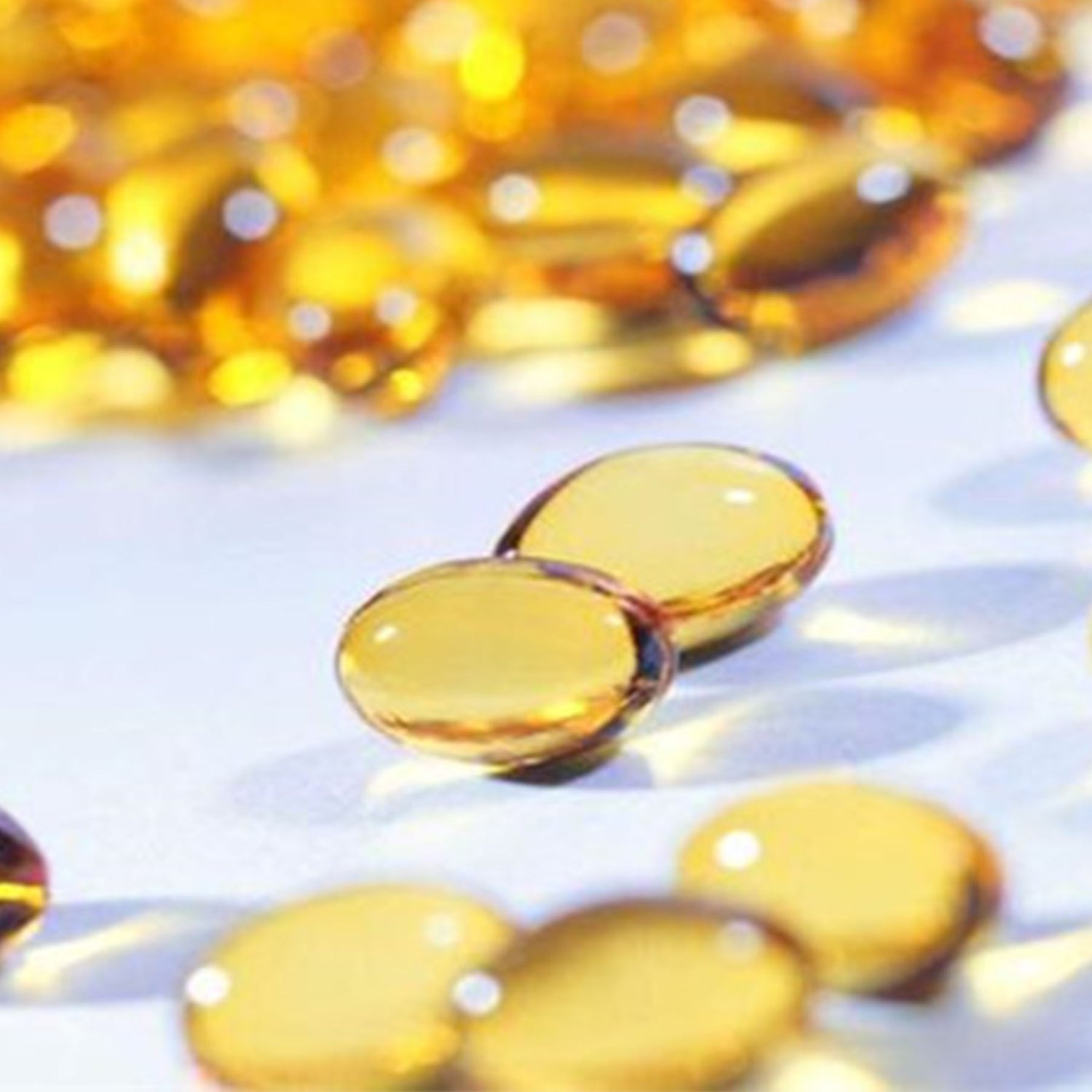
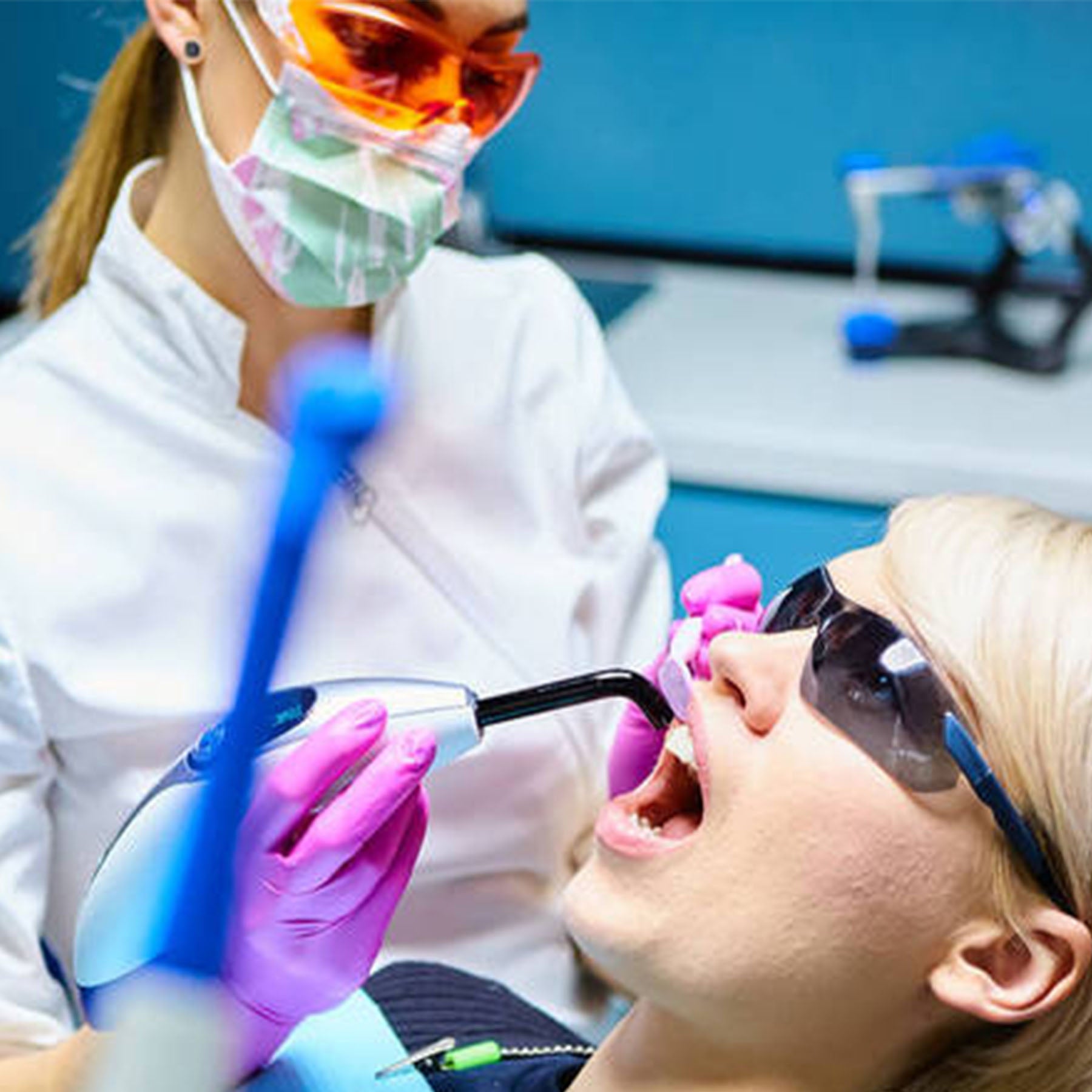
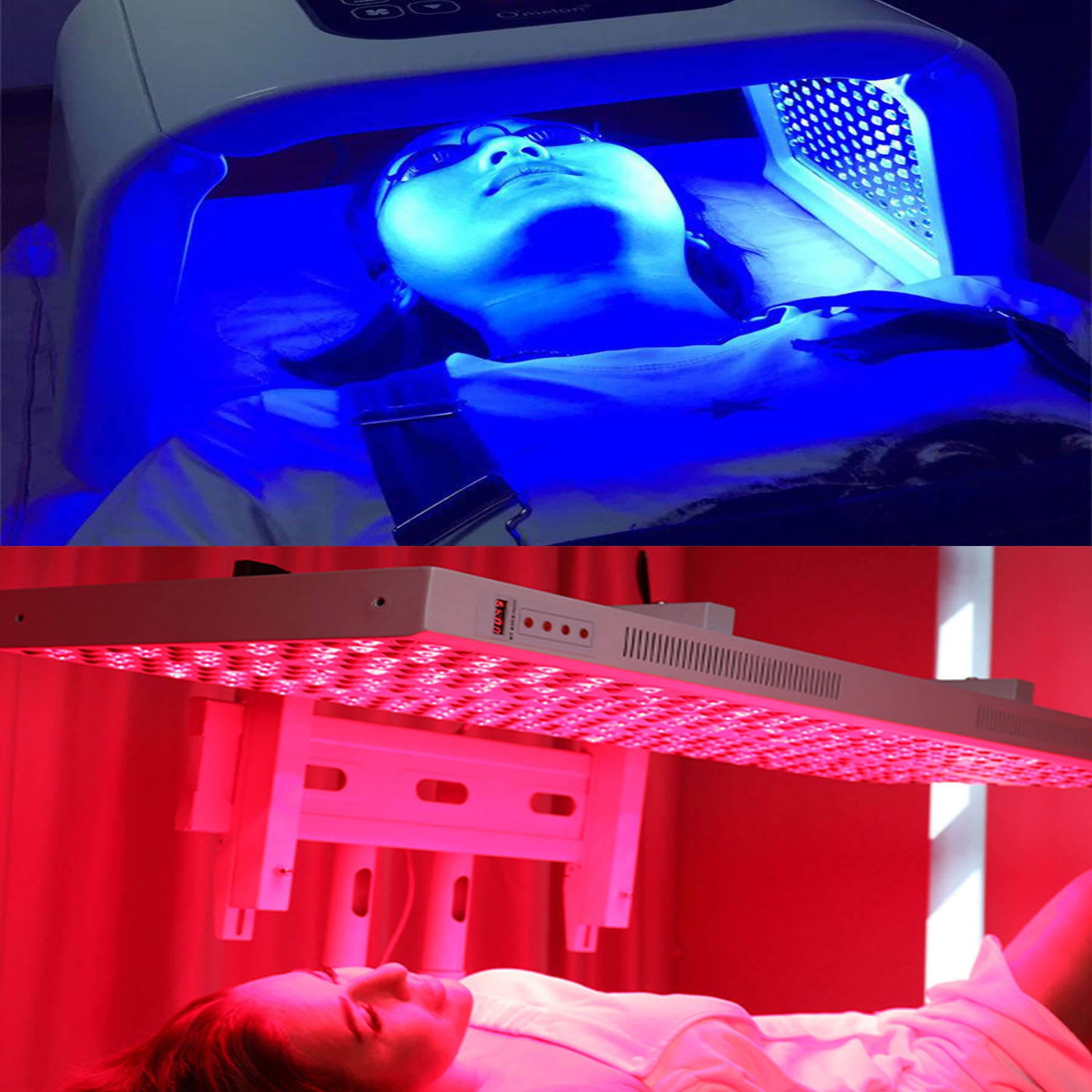
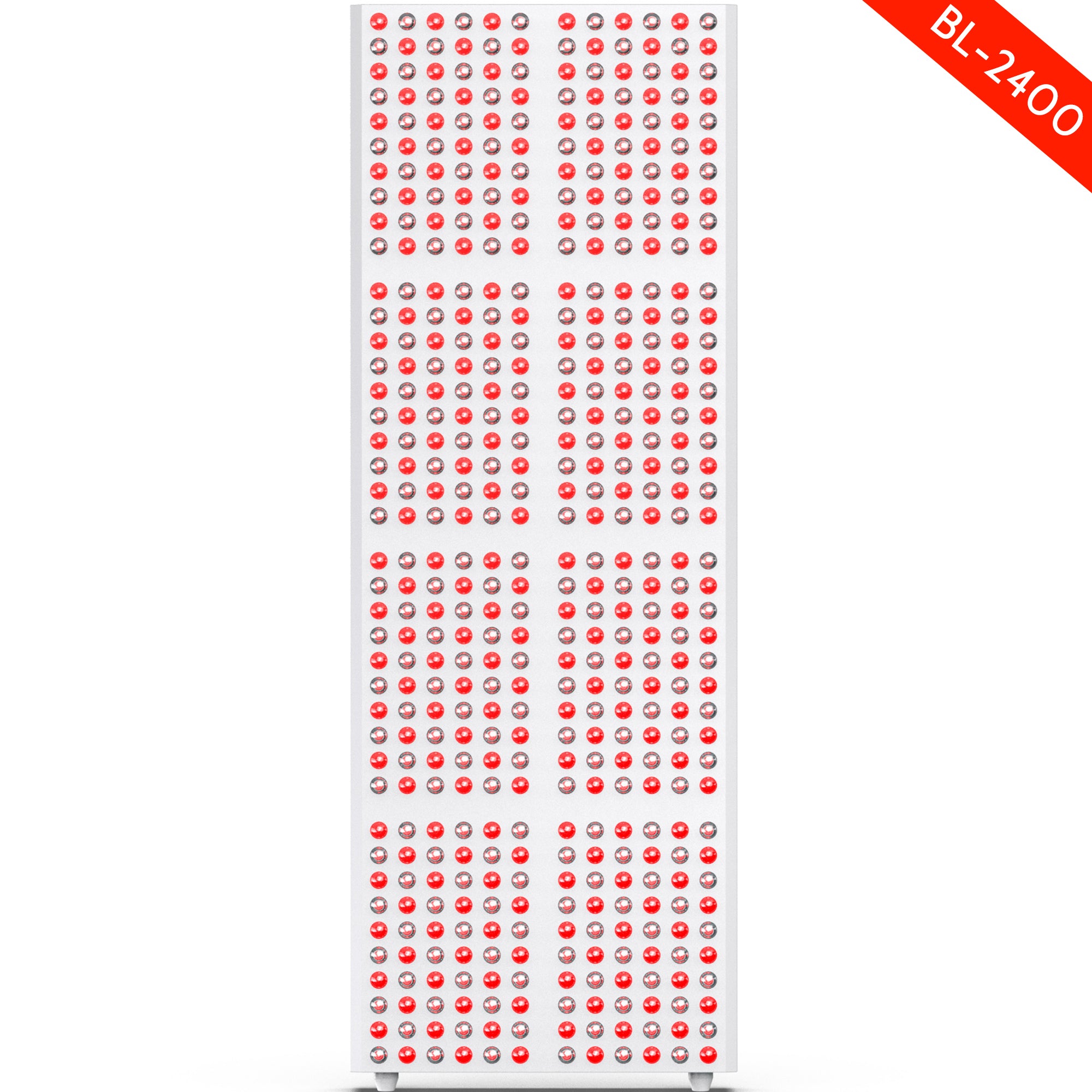
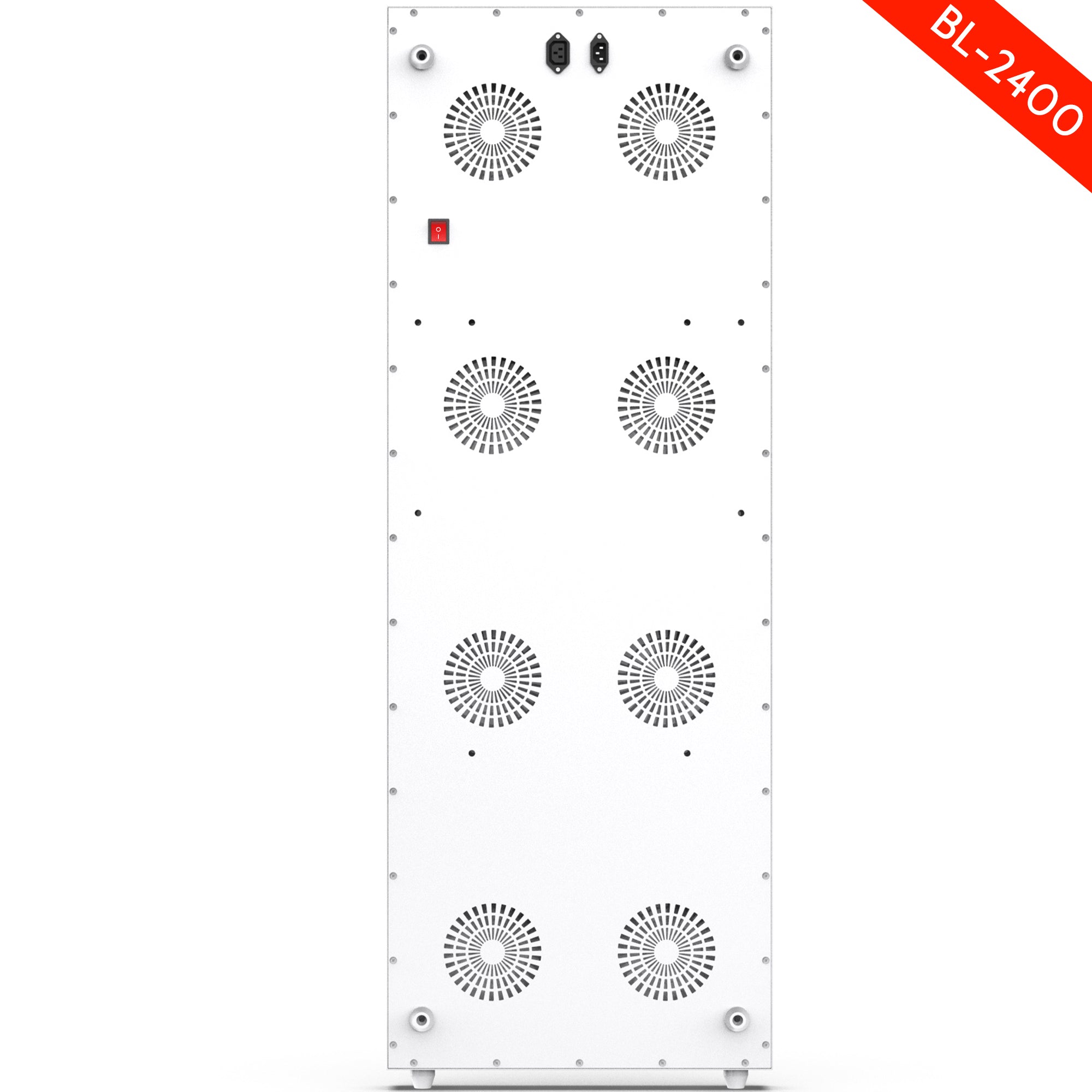
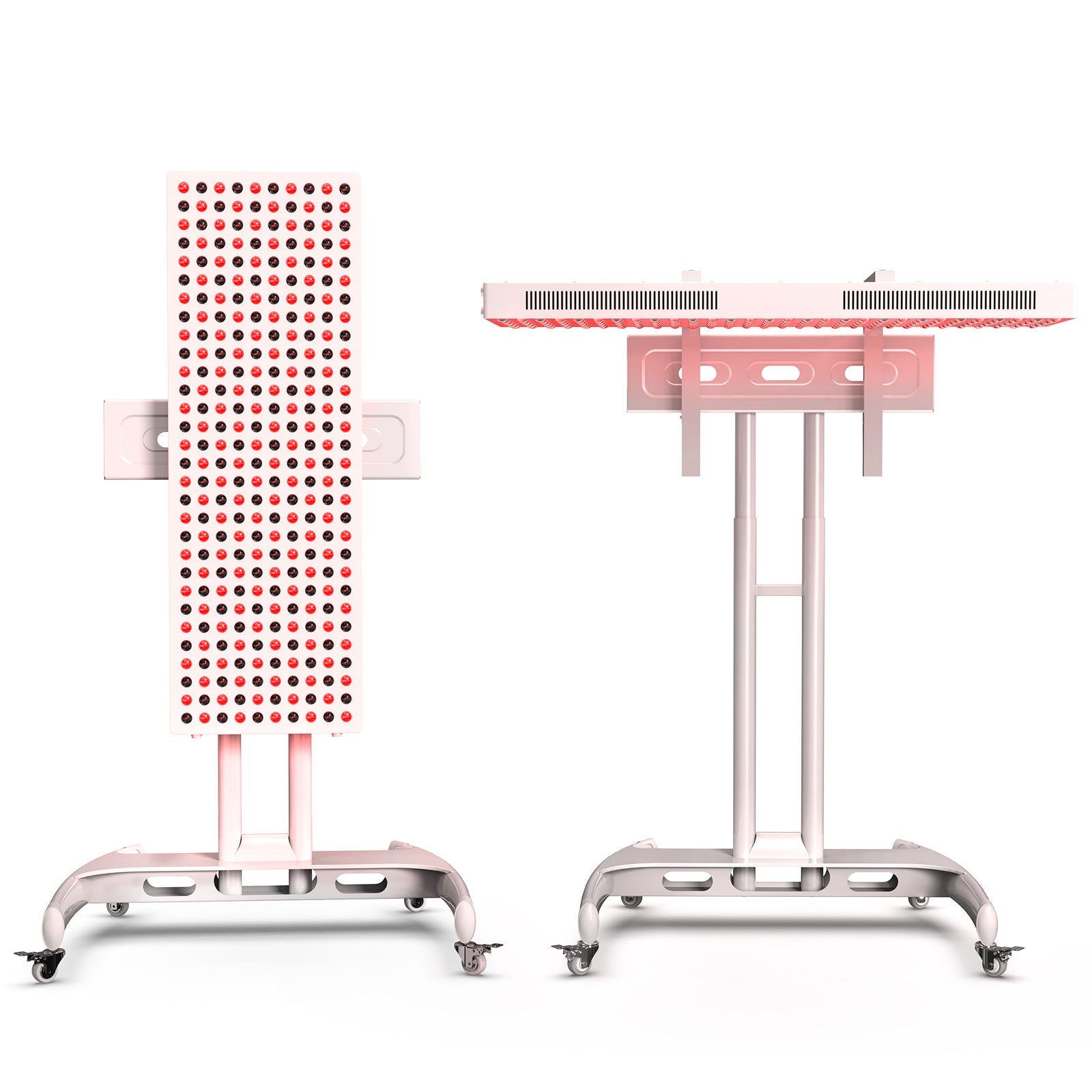
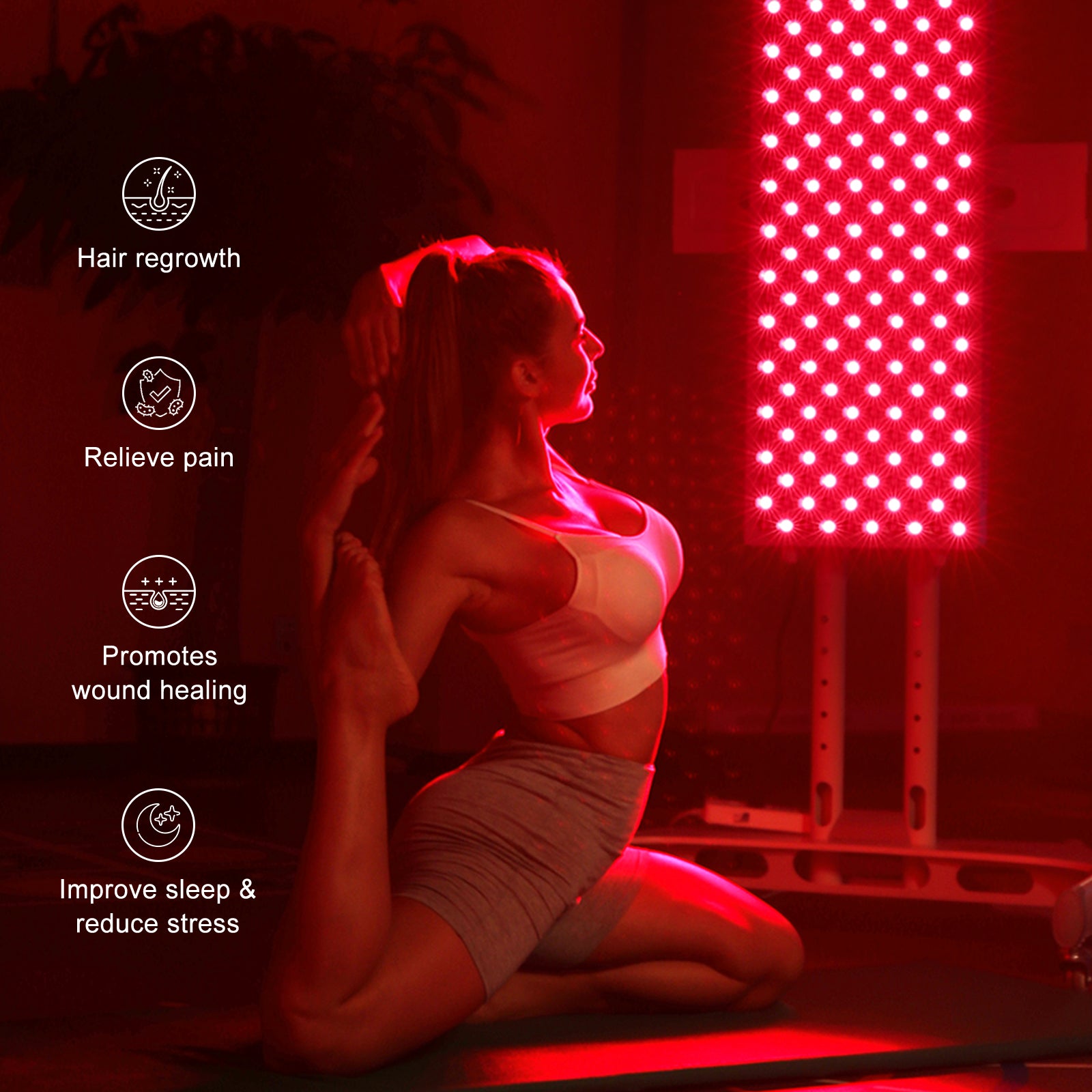
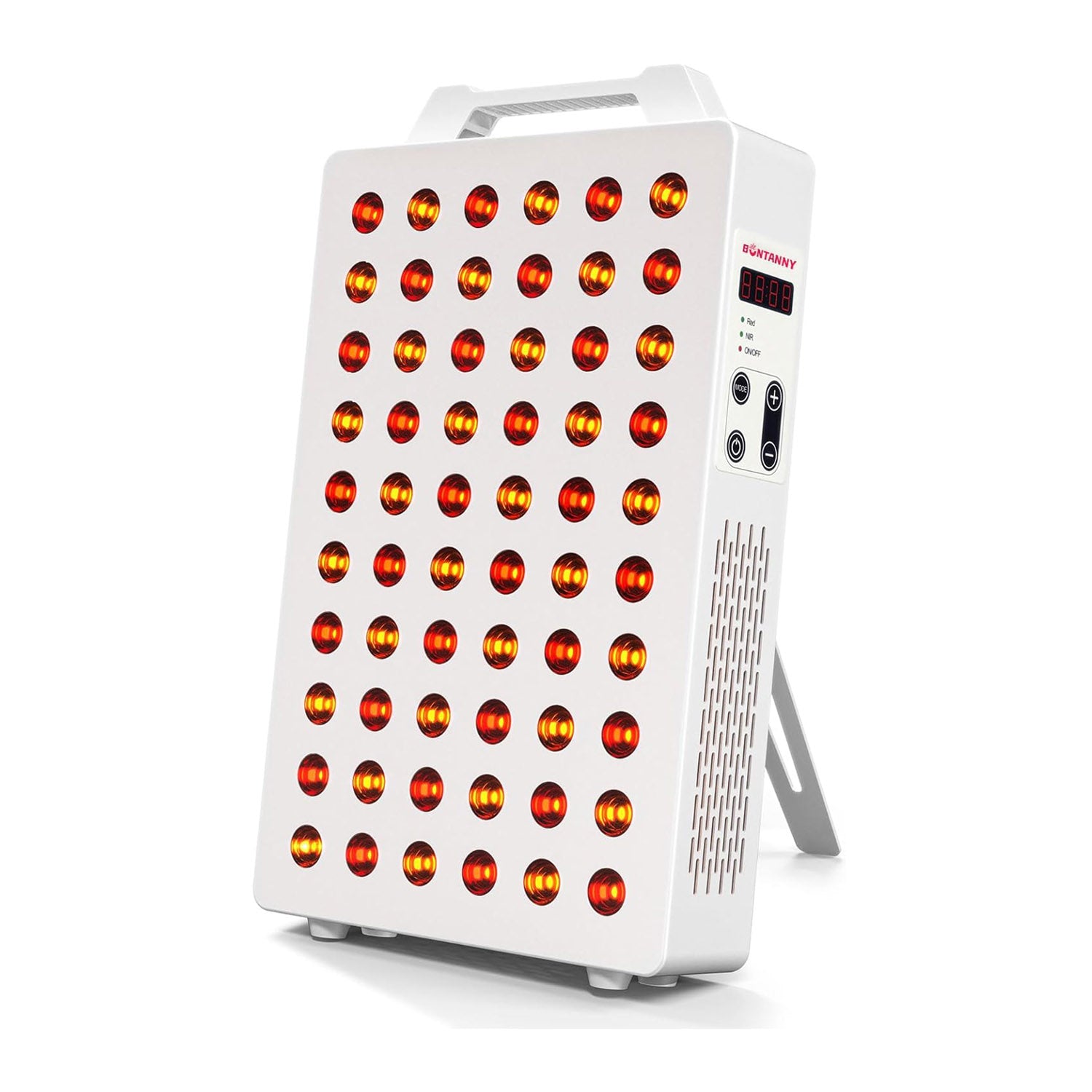
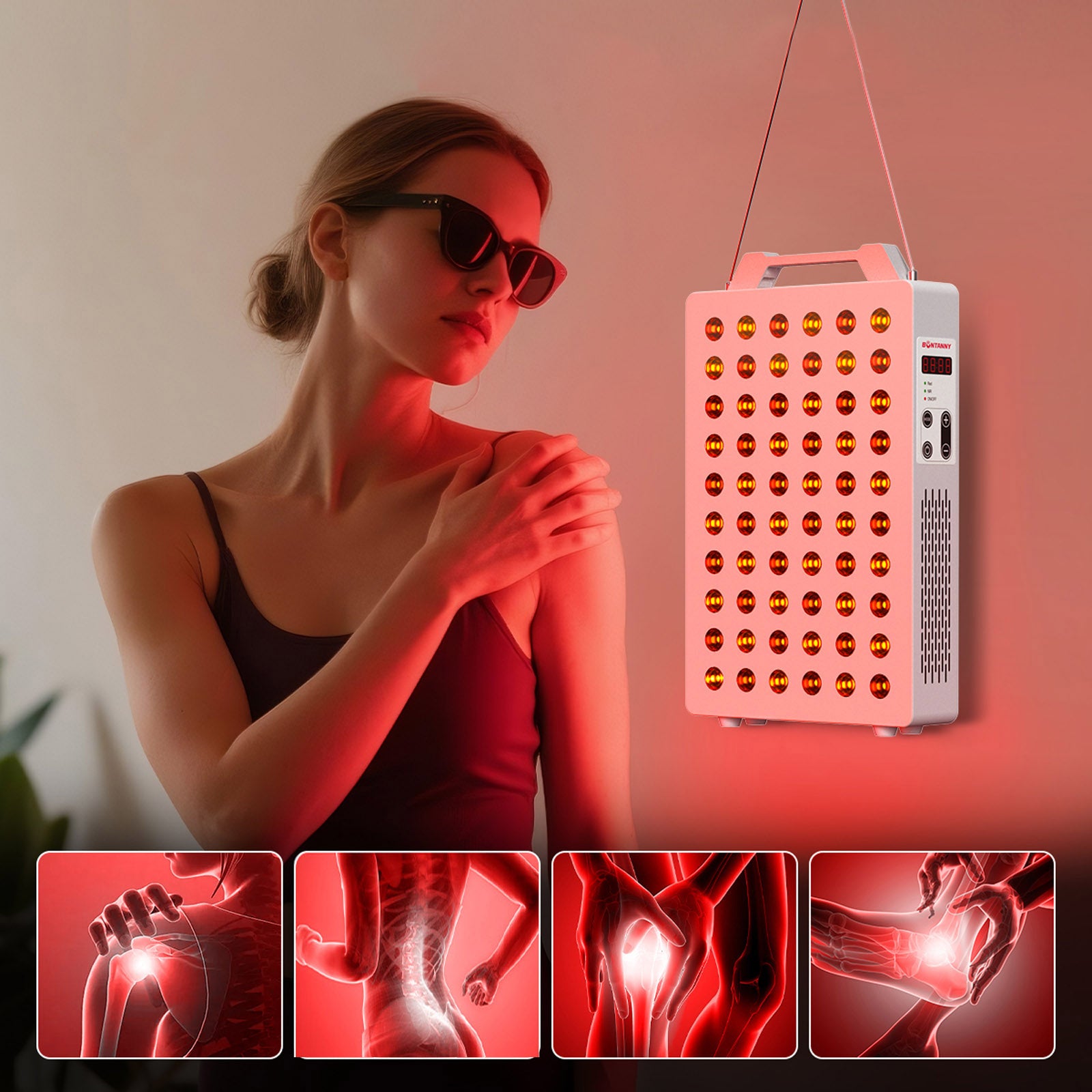
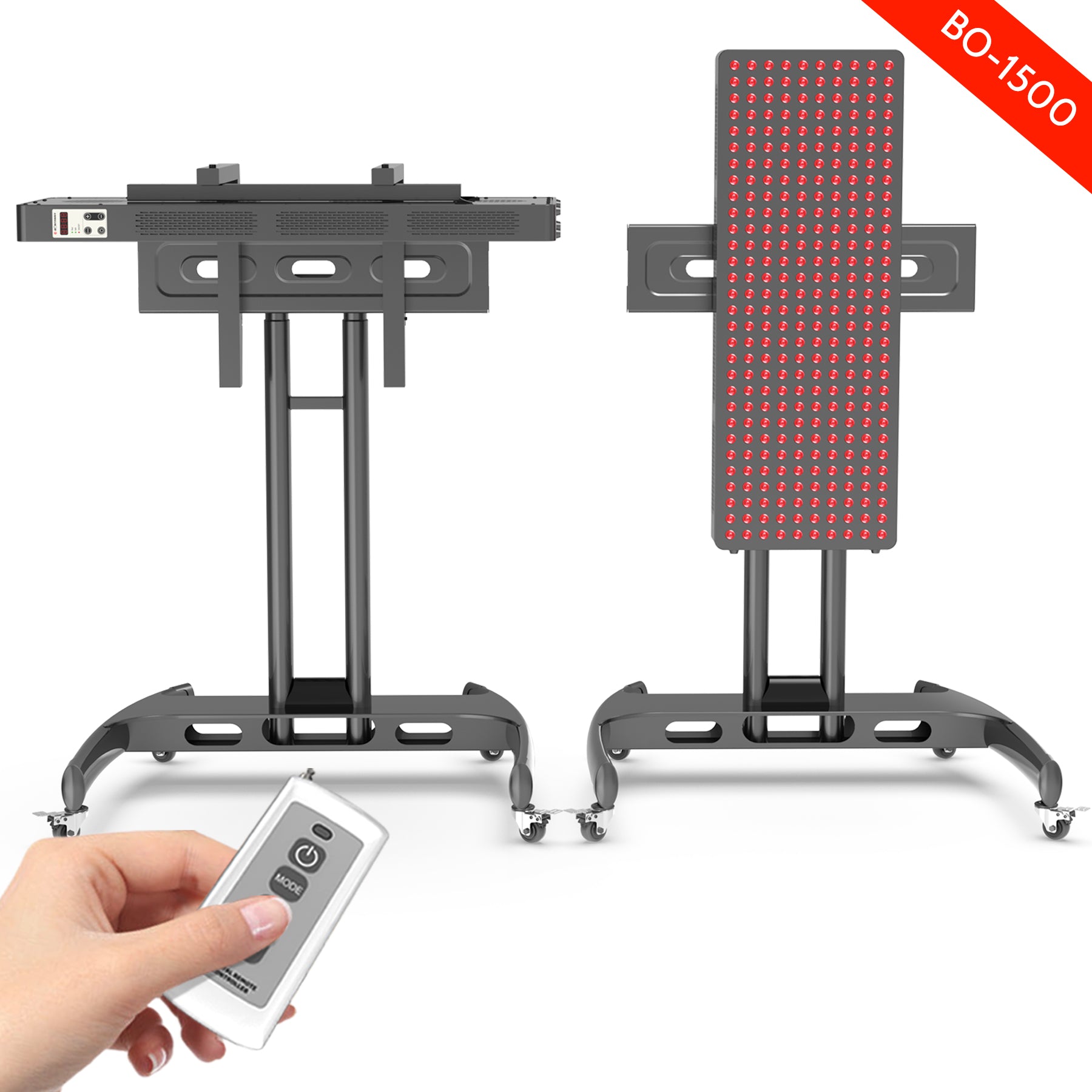
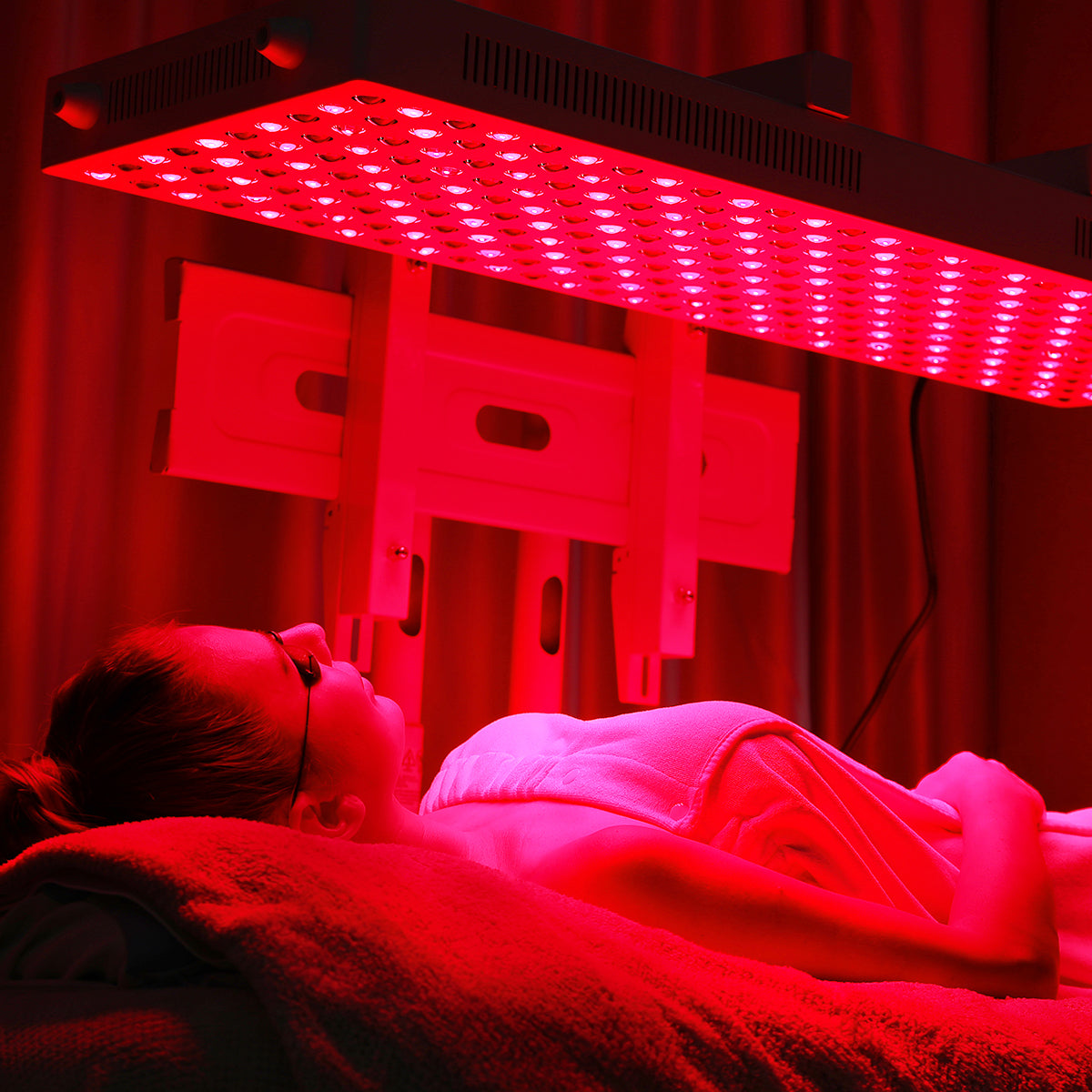
Leave a comment
This site is protected by hCaptcha and the hCaptcha Privacy Policy and Terms of Service apply.